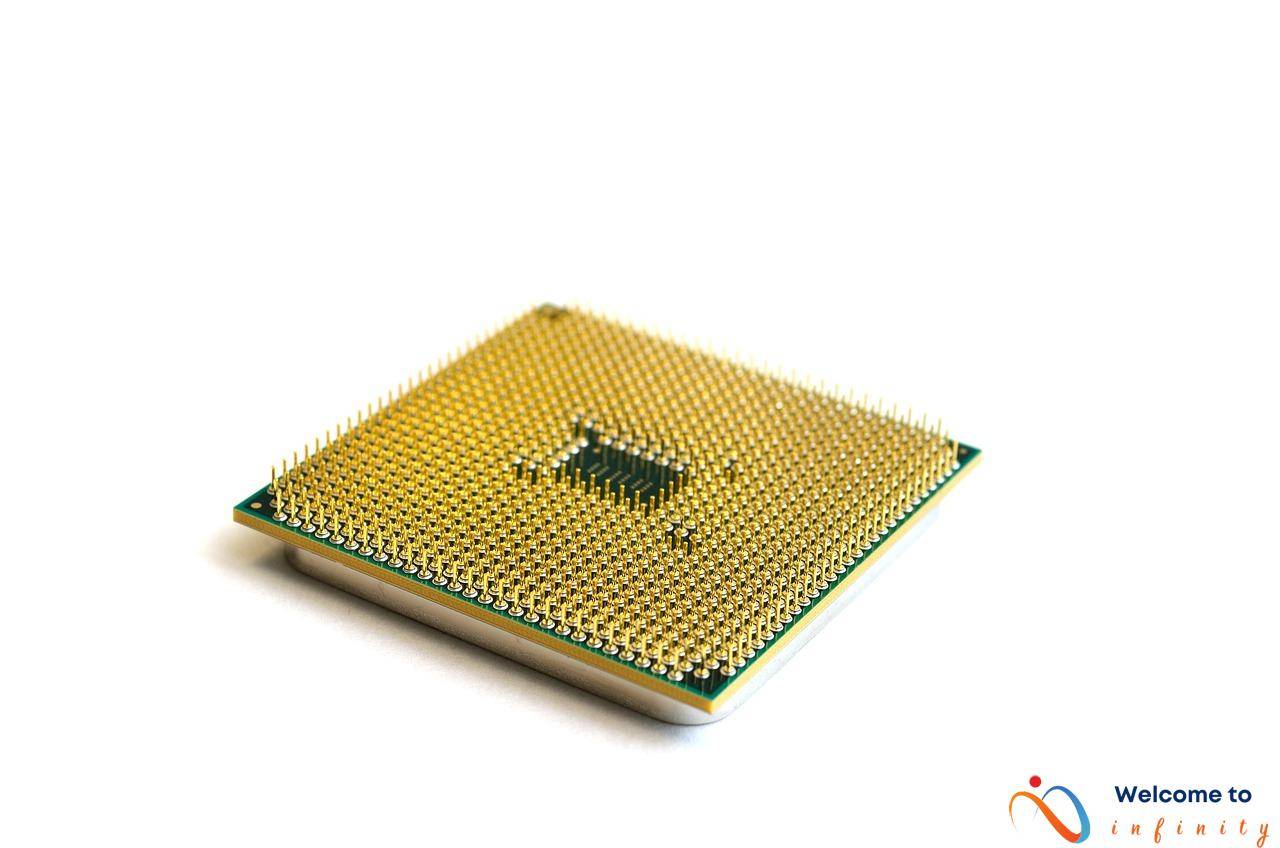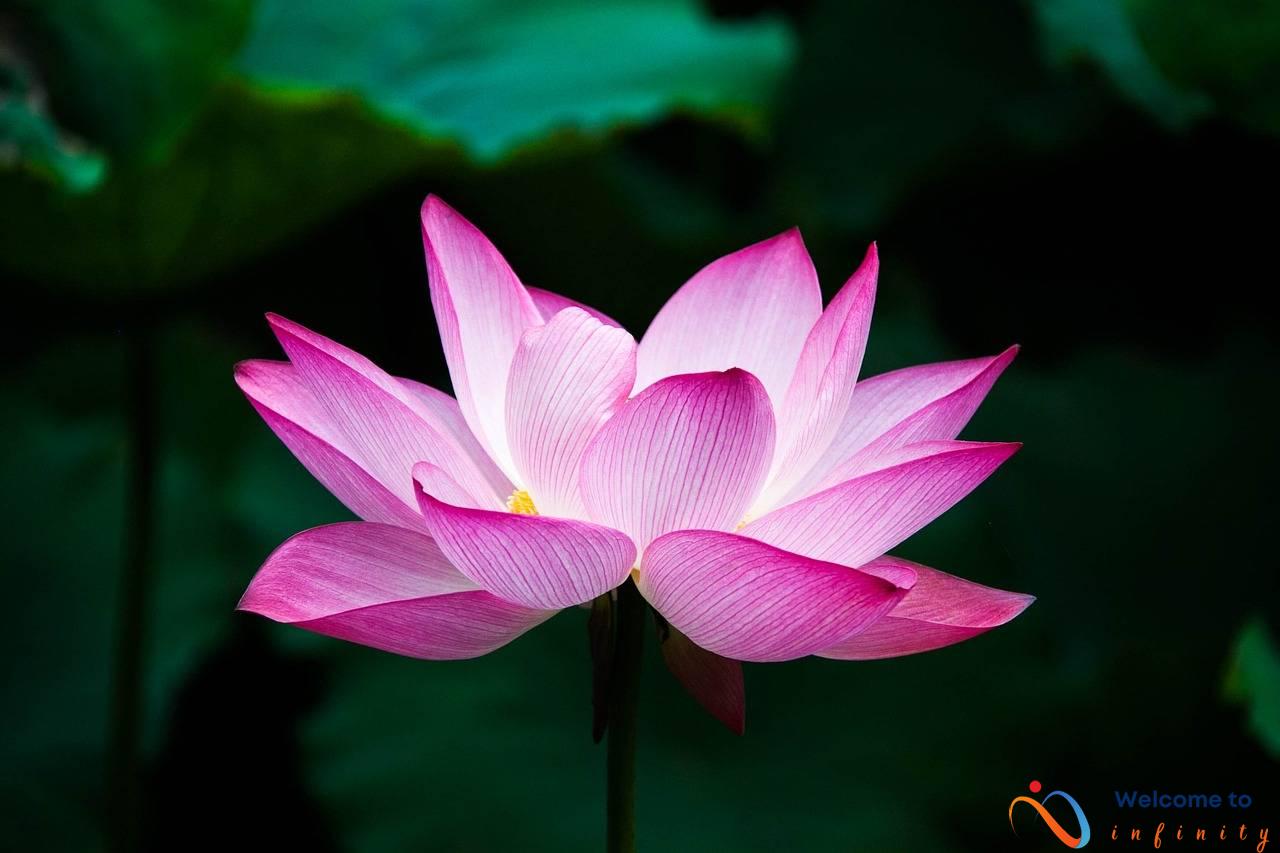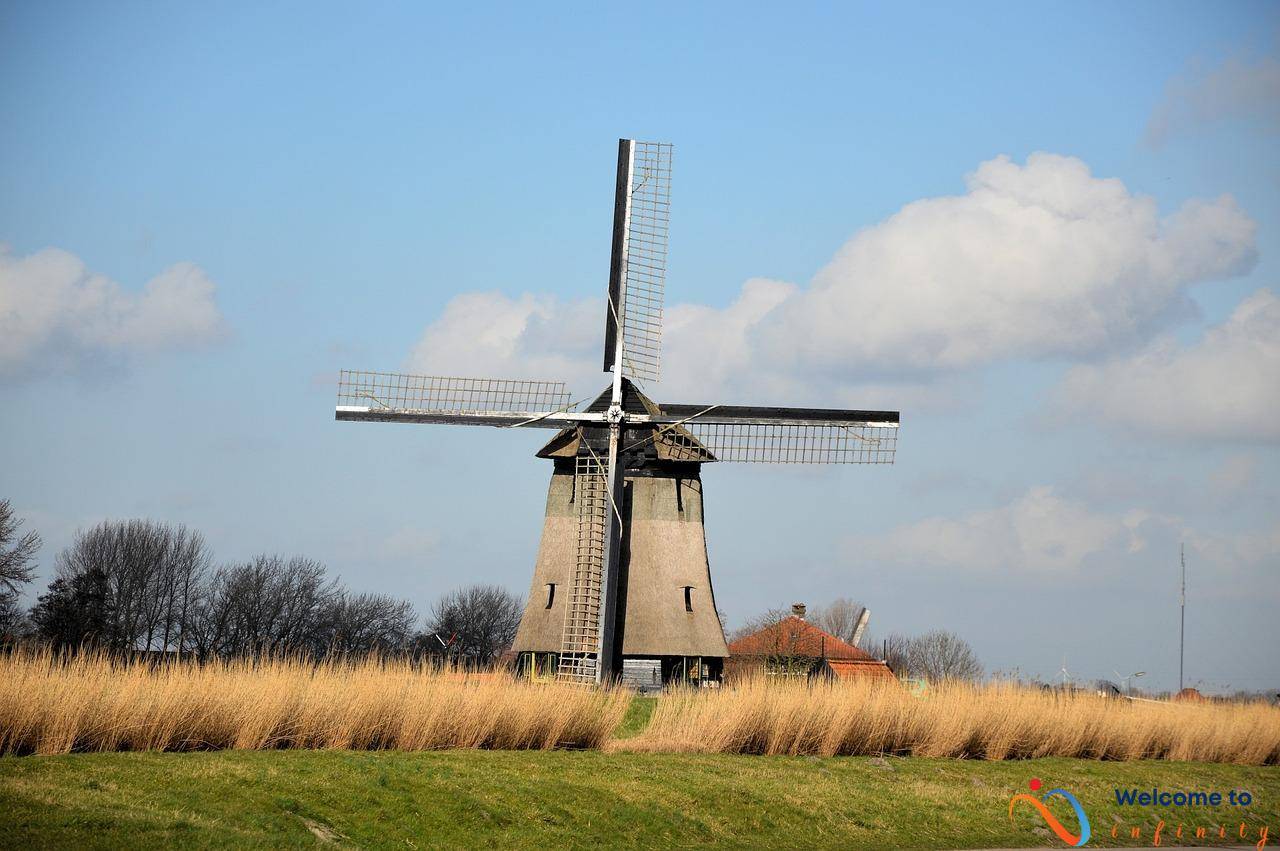The world of theater is one that is rich in history and cultural traditions. From the ancient Greek tragedies to contemporary performances, theater has come a long way in terms of its forms and practices. In this article, we will explore the evolution of theater from traditional to experimental forms and how it has changed over time.
Classical theater refers to the traditional forms of drama that originated in ancient Greece. The plays focused on themes of tragedy, comedy, and satire and were performed in outdoor amphitheaters. The works of playwrights such as Sophocles, Euripides, and Aristophanes have been immortalized in literary history and continue to be performed today. The dramatic conventions, costumes, masks, and stage design used in classical theater have influenced theater practices for centuries.
Shakespearean theater emerged during the Elizabethan era in the 16th century and remains one of the most popular traditions in theater history. William Shakespeare's plays are renowned for their poetic language, intricate plot twists, and complex characters. His works have had a significant impact on theater practices, and many of his plays continue to be performed in contemporary settings.
Experimental theater, on the other hand, is a departure from traditional forms of theater and often incorporates avant-garde and postmodern styles. This genre emerged in the 20th century and includes a wide range of styles and techniques. Physical theater, for example, focuses on movement and the expressiveness of the human body. Meanwhile, multimedia performances incorporate technology to create a more immersive experience for the audience. Experimental theater often challenges conventions and pushes boundaries, creating a new and exciting theatrical experience.
- In Conclusion,
- Theater has evolved tremendously over time, from its roots in the ancient world to the modern age of cutting-edge experimental performances. Each tradition and style of theater offers a unique perspective on the art form and provides a glimpse into the cultural contexts from which they emerged.
Classical Theater
The classical theater is one of the oldest and most prevalent forms of theater in the world, dating back to the ancient Greeks. The Greeks were the first to introduce theater as a form of art, entertainment, and education. The earliest forms of theater were religious ceremonies performed in honor of the god Dionysus, the god of wine and fertility. People believed that these theatrical performances could bring prosperity, good luck, and fertility to their communities.
As time went on, theatrical performances evolved to become more sophisticated, with the addition of actors, costumes, music, and dialogue. The plays were performed in open-air theaters, and the actors wore masks to depict different characters. Among the most famous playwrights of classical theater was Sophocles, who wrote plays such as “Oedipus Rex” and “Antigone.”
During the Roman Empire, classical theater continued to evolve and was used as a means of political propaganda and entertainment. The Romans introduced the concept of using theater as a vehicle for social commentary and satire, which was later adopted by other cultures.
In modern times, classical theater is still celebrated for its timeless themes, complex characters, and intricate plots. Although many classical plays were written thousands of years ago, they still resonate with audiences today. Shakespearean plays, in particular, continue to be performed around the world and are considered masterpieces of the classical theater.
Shakespearean Theater
Shakespearean theater is perhaps one of the most significant forms of theater that has had a lasting impact on theater traditions and performance culture. William Shakespeare, the famous playwright and actor, is known worldwide for his iconic plays, including Romeo and Juliet, Hamlet, and Macbeth, among many others.
Shakespeare's works have been performed for centuries and still remain popular today. His plays were groundbreaking and explored complex themes such as love, jealousy, power, and revenge. His language was poetic and profound, and his characters were relatable and multidimensional.
In addition to his works, Shakespeare's influence on theater traditions and performance culture is just as notable. He contributed to the development of English language and literature, and his plays were some of the first to be performed in a professional setting. Shakespeare also introduced novel concepts such as the use of soliloquy, where a character speaks their inner thoughts out loud, and the incorporation of music and dance into plays.
Shakespeare's plays have been adapted into numerous forms, including films, operas, and musicals, and have been performed in various languages around the world. His works have also been studied by scholars for their cultural and historical significance.
In conclusion, Shakespearean theater has played a decisive role in shaping theater traditions and performance culture. His works continue to inspire actors, writers, and artists today and his influence on theater will forever be remembered.
Experimental Theater
Experimental theater is a genre that challenges traditional forms of theater, including classical theater and Shakespearean theater. It emerged in the 20th century as a response to social and political changes, challenging the norms and conventions of traditional theater.
Experimental theater includes avant-garde, postmodern, and other forms of theater that are characterized by their non-linear narratives, unconventional techniques, and unorthodox staging. It often employs physical theater techniques and movement-based practices to convey emotion and meaning.
One of the defining features of experimental theater is its focus on pushing boundaries and exploring new possibilities. It doesn't adhere to strict rules or conventions, but rather seeks to create new forms of expression and challenge the status quo.
Another important aspect of experimental theater is its use of theatrical elements such as sound, lighting, and set design to enhance the viewer's experience. These elements are often used in unconventional ways, creating a multi-sensory and immersive experience for the audience.
Experimental theater has also been influenced by cultural and social movements, including feminism, LGBTQ+ rights, and civil rights. It seeks to shed light on social issues and spark dialogue and engagement among audience members.
Overall, experimental theater is a dynamic and evolving genre that continues to push the boundaries of traditional theater. It challenges audiences to think critically and explore new ways of understanding the world around them.
Physical Theater
Physical theater is a type of experimental performance that focuses on the physicality and movement-based techniques used in theater practices. Physical theater combines elements such as dance, acrobatics, and martial arts to create performances that are visually stunning and emotionally gripping. The movements used in physical theater often aim to convey emotions, relationships, or stories without the use of words.
One of the most important techniques used in physical theater is known as “corporeal mime.” Developed by French actor and mime artist Etienne Decroux, corporeal mime emphasizes the use of the body and its movements to express emotions, characters, and situations. Another important technique used in physical theater is known as “contact improvisation.” This technique involves two or more performers using physical touch and movement to communicate and create a performance in a spontaneous and improvisational manner.
Physical theater also incorporates elements such as costume design, lighting, and stage direction to create a cohesive and visually striking performance. Some physical theater productions may also incorporate props and set pieces, while others may rely solely on the performers and their movements.
In addition to traditional theater venues, physical theater can also be performed in non-traditional spaces, such as parks, streets, and other public areas. This allows performers to interact with their audience in unique and unexpected ways, and can create a more immersive experience for viewers.
Overall, physical theater offers a unique and dynamic approach to experimental theater, emphasizing the power of movement and physicality as a means of storytelling and expression. Through its use of innovative techniques and unconventional performance spaces, physical theater continues to push the boundaries of traditional theater and create exciting new experiences for audiences.
Theatrical Elements
When it comes to experimental theater, the use of sound, lighting, and set design can create an immersive and transformative experience for the viewer. In fact, these elements play a critical role in enhancing the overall atmosphere of a performance, and can help to convey deeper meaning and emotion.
Sound is one of the most powerful tools in the experimental theater arsenal, and can help to set the tone for a scene or performance. By using ambient noise, music, and other sound effects, performers can create an emotional impact on the viewer that is difficult to achieve through other means.
Lighting is another critical element of experimental theater, and can help to create a sense of mood and atmosphere for the performance. By using different colors, intensities, and angles of light, performers can draw attention to specific characters or objects, and create a sense of movement and depth on stage.
Set design is also an important aspect of experimental theater, as it can help to create an immersive and transportive environment for the viewer. By using elaborate sets, props, and other visual elements, performers can create a world that feels authentic and believable, drawing the viewer deeper into the performance.
Overall, when examining the role of theatrical elements in experimental theater, it becomes clear that sound, lighting, and set design are crucial to creating an emotional and sensory experience for the viewer. Used effectively, these elements can elevate a performance to new heights, and leave a lasting impression on the audience.
Contemporary Forms of Theater
Contemporary theater represents a stage where cultures and their aspects come together, creating a unique blend of performance art. In this era, technology and globalization have resulted in a stream of realistic, unconventional, and imaginative plays. Contemporary theater's aim is to provoke thoughts and emotions through storytelling, experimentation, and the fusion of various artistic elements.
Theater today reflects contemporary society, where issues such as gender, race, and identity are forefront in the creative process. Cultural traditions, ranging from African to Asian, and European to American, have significantly influenced theater's evolution in contemporary times. Today, contemporary theater represents a cultural melting pot where artists use elements of diverse cultures to create new and engaging narratives.
The incorporation of technology, such as virtual reality, projection mapping, and other multimedia, has transformed theater into an interdisciplinary art form. Technology has allowed for the creation of more immersive and impactful stories. Moreover, experimental theater practices, such as physical theater and choreography, have gained popularity due to their emphasis on movement and body language as a means of expression.
Contemporary theater has also made way for multicultural theater productions, which are essential in promoting diversity and bridging cultural gaps. Contemporary theater often represents a means for artists to showcase their culture's richness and heritage, while also inspiring dialogue and empathy through storytelling.
In conclusion, contemporary theater represents a unique blend of cultural traditions, experimentation, and technology. It is an ever-evolving art form that reflects the complexity of contemporary society. It is a space for artists to explore and experiment with diverse cultural elements to create engaging and thought-provoking narratives.
Multicultural Theater
In today's world, multiculturalism is a crucial aspect of contemporary theater productions. Theater has become a medium to embrace diverse cultures and promote inclusivity. The modern-day theater is a melting pot of culture, and it reflects the essence of diverse traditions, beliefs, and lifestyles. It not only entertains the audience but also educates them about various cultures and traditions.
Multicultural theater productions revolve around the narratives of different cultures, showcasing their unique attributes, beliefs, and customs. The portrayal of various cultural perspectives in theater is essential for the audience to get a sense of cross-cultural understanding and learning. It promotes acceptance, understanding, and respect for diversity.
Multicultural theater is not only about exploring different cultures but also improving representation. It is a medium to give voice to the underrepresented communities and shed light on their stories. Through theater, marginalized individuals get a platform to share their experiences and perspectives.
The use of costumes, music, dance, and language in multicultural theater is significant. It adds depth and authenticity to the representation of various cultures. Such innovative usage of cultural elements creates a unique experience for the audience.
In summary, multicultural theater is crucial in today's world. It promotes inclusivity, diversity, and cross-cultural understanding. The use of unique cultural elements in theater productions is an excellent way to preserve art and traditions. It allows the audience to experience different cultures and learn about marginalized communities. Theater has always been a powerful medium to express oneself, and in the case of multicultural performances, it becomes an even more significant tool for social change. Thus, the role of multicultural theater in contemporary art is undeniable.
Technology in Theater
The incorporation of technology in theater has revolutionized the way performances are produced and received. The use of virtual reality, projection mapping, and other forms of multimedia has added a new dimension to the theatrical experience.
Virtual reality technology allows the audience to fully immerse themselves in the story. With VR headsets, viewers can be transported to a different world and become an active participant in the performance. This technology has been used in shows like Sleep No More, where the audience is able to interact with the actors and move around the set.
Projection mapping is another technique that has recently gained popularity in the theater industry. It involves projecting images onto surfaces to create an illusion of movement and depth. The use of projection mapping has allowed for more versatile and dynamic sets, creating a more immersive experience for the audience.
Multimedia has also become an integral part of modern-day theater. The use of sound, music, and video can elevate a performance to a whole new level. From live orchestra performances to pre-recorded music and sound effects, multimedia can create a more engaging and dynamic atmosphere for the audience.
In conclusion, technology has become an essential part of modern-day theater. With the use of virtual reality, projection mapping, and other forms of multimedia, theater has evolved into a new and exciting form of storytelling. These advancements have created a more immersive and engaging experience for the audience, making theater more accessible and appealing to a wider audience.








